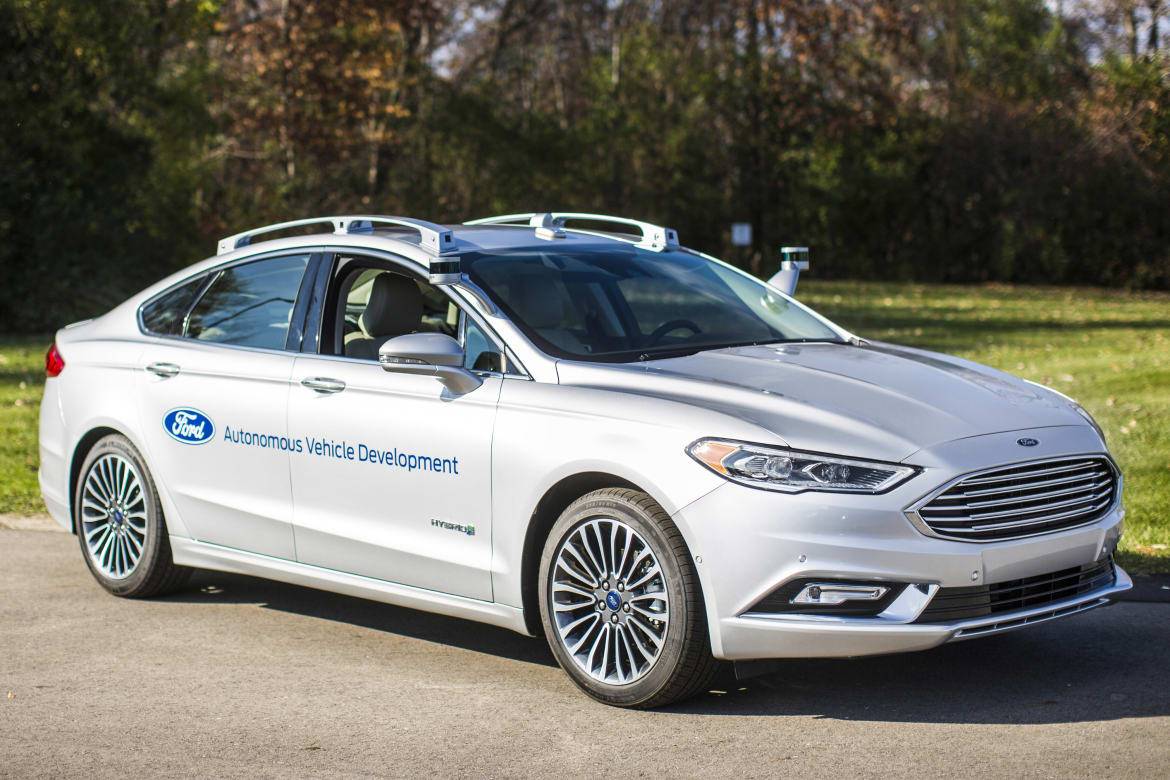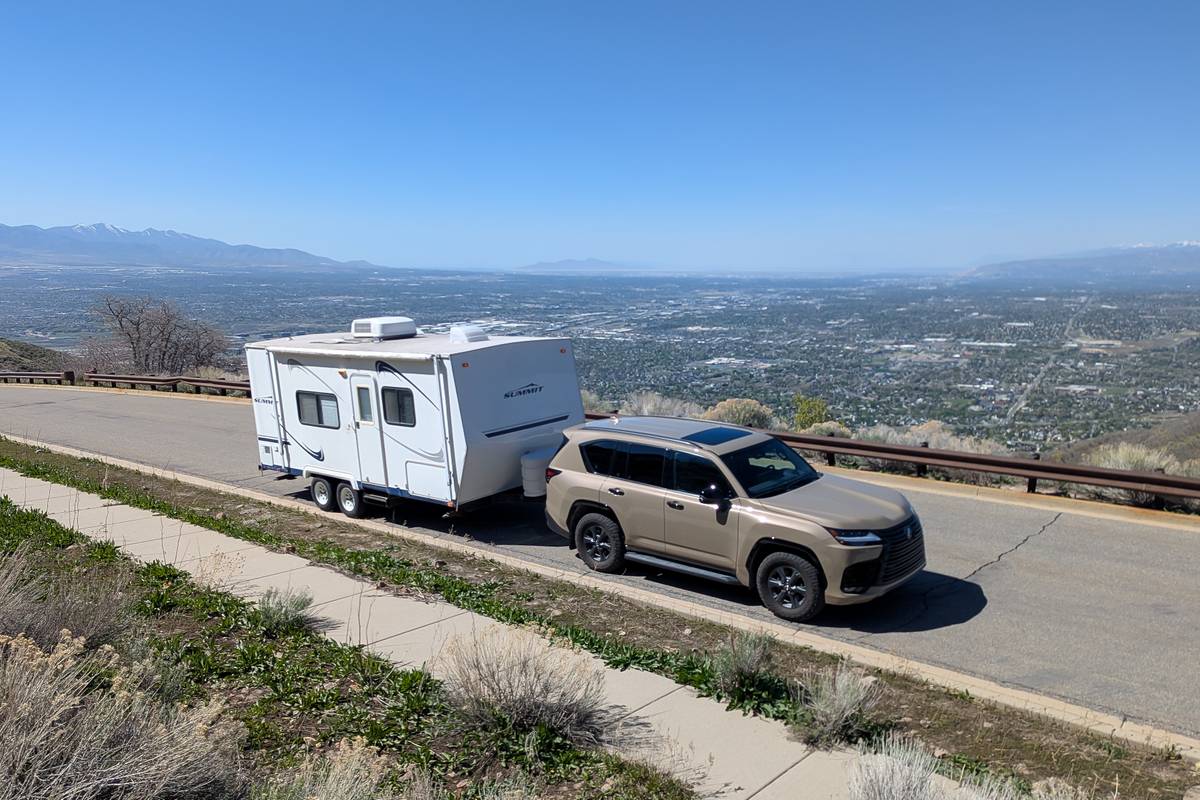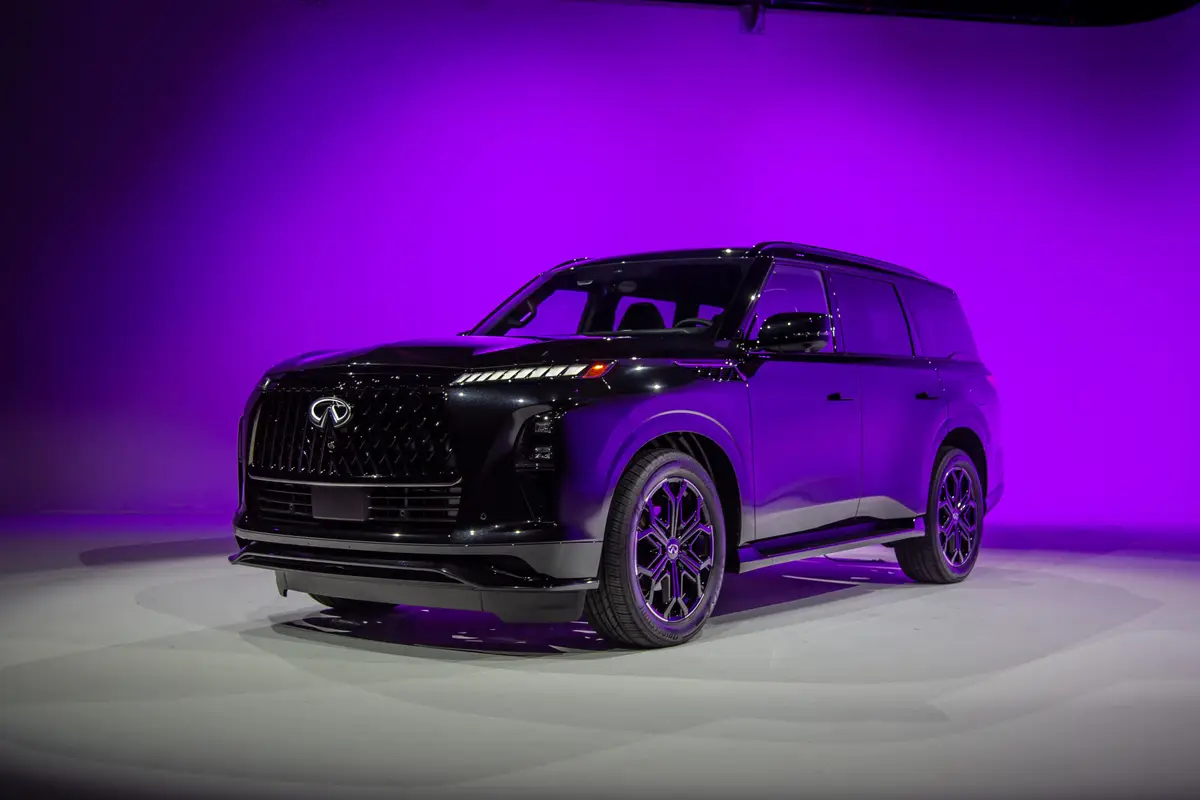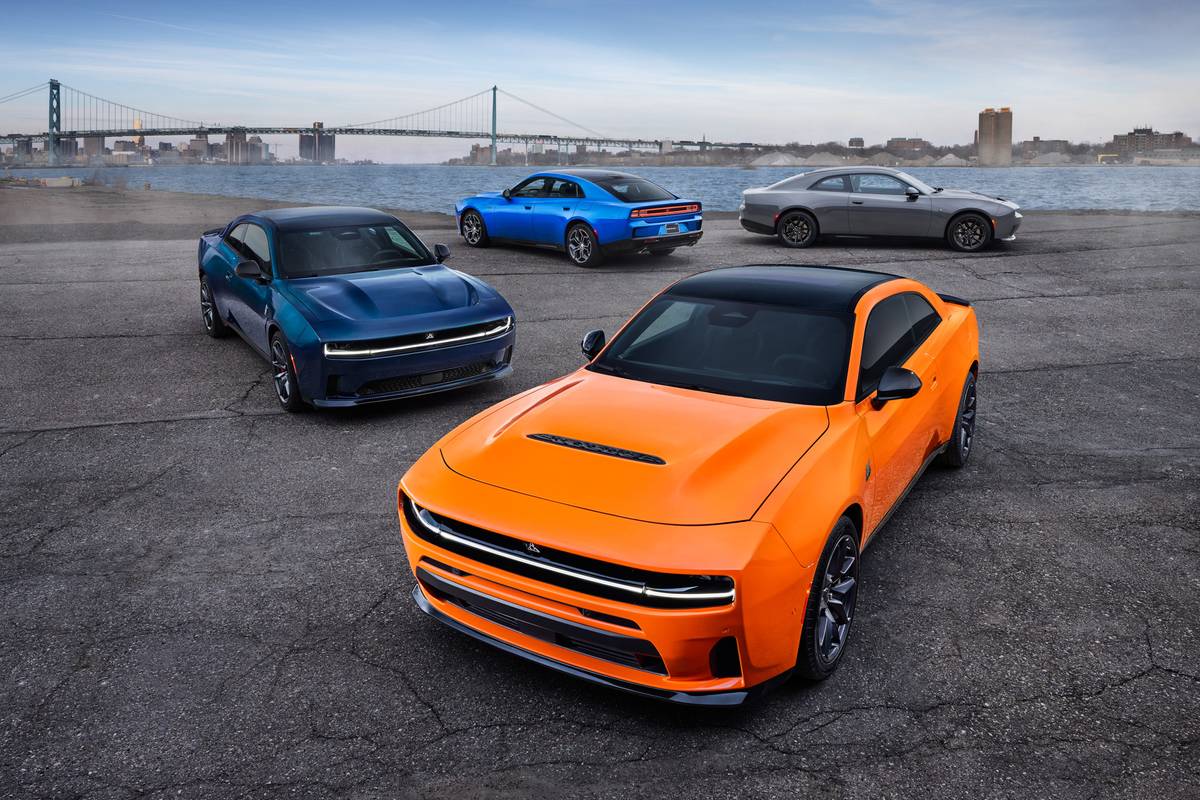Safety Group Urges States to Plan for Self-Driving Cars


CARS.COM — Autonomous vehicles are coming, but they will share the road with human drivers for a long time. That means states need to take the lead in planning for the safety issues that will arise from that mix of autonomous, semi-autonomous and conventional vehicles, says a new report from the Governors Highway Safety Association.
Related: Uber Launches Test of Autonomous Cars in Pittsburgh
The report notes that while federal regulators will oversee the safety of autonomous vehicles, states will continue to bear the responsibility for regulating driver licensing, enforcing traffic laws, and overseeing vehicle and liability insurance. Further, it says that states need to educate the public about the benefits and risks of more autonomous cars, while educating drivers in how to share the road safely with each other, not to mention pedestrians and bicycles.
And the transition period will last a long time. The heavily footnoted report surveys predictions for the spread of near-autonomous and autonomous vehicles, defined by the National Highway Traffic Safety Administration as Level 4 (automated but still requiring a driver available) and Level 5 (no human driver required. It found general agreement that they won’t commonly be on roads until at least 2025 and maybe 2040. And it cites research predicting it will be at least the 2060s before autonomy is available and affordable enough for the masses. Even then, there will remain a mix of vehicles on the road.
However, there’s also agreement that a limited set of such vehicles will be on the road within five years, with experts seeing the technology likely in use first in vehicles where the advantages of eliminating the human driver are most obvious and cost-effective. Examples include commercial trucks on freeways, ride-hailing services in cities and for public transit on restricted roads.
The report also notes that there are some key questions to answer about how soon the average car shopper will want one. It looked at several consumer surveys and found that consumers remain skeptical; only one-sixth of respondents saying they were willing to ride in a self-driving car today and one-third in the next 10 years. They express a strong preference for autonomous cars that still allow drivers to take control. It also notes, however, that views on new technology can change quickly, and that younger adults are more receptive.
Driving and Slowing Autonomous Cars
The report cites these as major drivers of autonomous car acceptance:
- Safety: Some estimates say they could eliminate 94 percent of all human-error-related crashes.
- Mobility: Better access for those who cannot drive, including the elderly, disabled and youth
- Reduced need for parking: Passengers can be dropped off.
- More relaxed drivers: Drivers could rest, work or be entertained on their commute.
- Fewer cars: Increased car-sharing, cutting the need for your own car
- Less gridlock: Cars would drive closer together in predictable flows.
But it also cites some major impediments to autonomous vehicles:
- Cost: Initial cost and maintenance could be much higher initially.
- Safety: Autonomous vehicles may not be able to analyze and react to every risky situation as a human driver would.
- Human driver safety: Drivers of both autonomous and conventional cars will need to learn how to interact.
- System failures: How will a self-driving car’s systems deal with computer failure?
- Ethics: What if the car’s computer must choose between bad choices for its occupants or others?
- Liability: Who pays when the autonomous car is at least partially at fault for a crash: the user, the automaker, the software provider or some combination?
- Security and privacy: How do you protect against hacking? And how and when will the travel and performance data the car collects be available to others?
- More travel: Autonomous cars may, in fact, encourage longer commutes.
- Road-sharing issues: Will modifications needed for self-driving cars adversely affect use by pedestrians, bikes and public transit?
The report urges state officials, motor vehicle departments and state law enforcement organizations to accept that this is coming, to become informed about autonomous developments and to be involved in self-driving car development in their states. It also urges states to understand their role in developing and supporting autonomous cars, as well as regulating them, and to be flexible as the landscape changes. Lastly, it also urges them not to rush into passing new laws or regulations.
As of December, nine states and the District of Columbia have enacted laws regarding self-driving cars and two more have executive orders in effect.

Former D.C. Bureau Chief Fred Meier, who lives every day with Washington gridlock, has an un-American love of small wagons and hatchbacks.
Featured stories



